
Image: IDG / Matthew Elliott
If portability is a top priority of yours, then investing in an ultraportable laptop is the way to go. This class of laptops are exceedingly thin, lightweight, and generally have good battery life. However, while they may share certain essential characteristics, ultraportables can still differ greatly. From the parts they use, to the trade-offs they make to achieve ultraportability, to the build quality, it’s important to know what mix of features make the best ultraportable laptops.
Battery life, ergonomics, and specs are all worthy of consideration. Basically, the laptop needs to perform well and travel easily. But if you’re feeling overwhelmed by all the choices out there, don’t sweat it, as we’ve done most of the heavy lifting for you. See our recommendations below for the ultraportable laptops that our expert reviewers have deemed best.
For even more buying recommendations, see our roundup of the best laptops, which covers the full range of laptop sizes, prices, and purposes.
Updated 06/06/2023: We’ve added the Asus Zenbook S 13 OLED as our new choice for best Asus ultraportable. Read our summary below to learn more about this excellent ultraportable with a gorgeous OLED screen.
Dell XPS 13 Plus – Best ultraportable overall
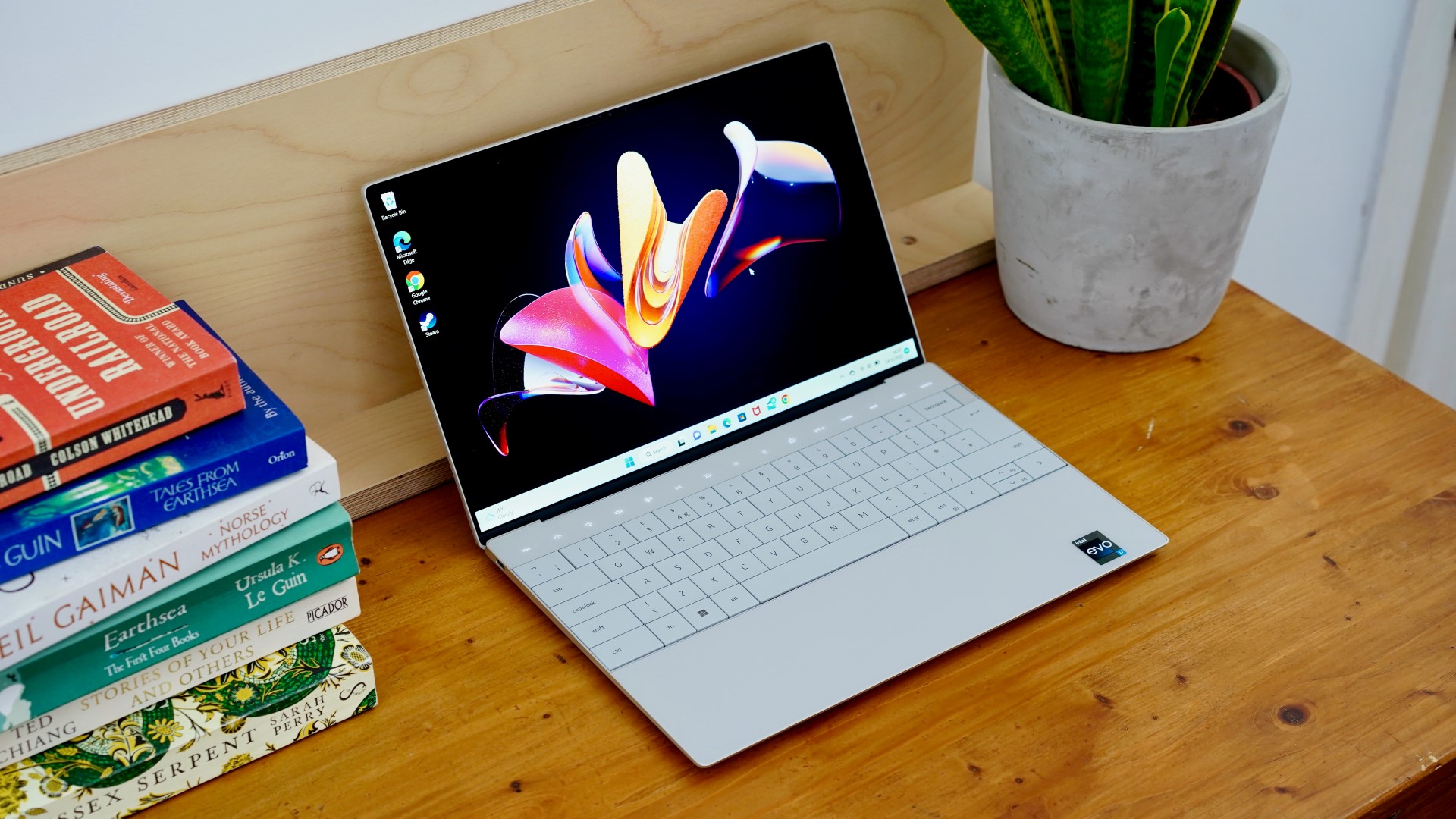
Pros
- Fast CPU
- Gorgeous 3.5K OLED
- Great audio
Cons
- Only two USB-C Ports
- Middling battery performance
- No headset jack
Between the leading-edge performance and a stunning OLED panel, the Dell XPS 13 Plus is the cream of the crop among ultraportables. The Intel Core i7-1280P CPU has an impressive 14 cores, which means you can expect fast processing performance. It’s more than capable of whizzing through photo editing work as well as general-use tasks. This device also comes equipped with Intel Xe graphics, 16GB of RAM, and 512GB of SSD storage. In addition to the impressive internal components, we really liked the 13.4-inch OLED touchscreen. It has a resolution of 3456×2160, so you can expect a sharp and vibrant picture. That said, connectivity is limited and battery life is mediocre. If you can forgive those limitations, then the Dell XPS 13 Plus is a good option for most people.
Read our full
Dell XPS 13 Plus 9320 review
Samsung Galaxy Book2 Pro 360 – Best battery life
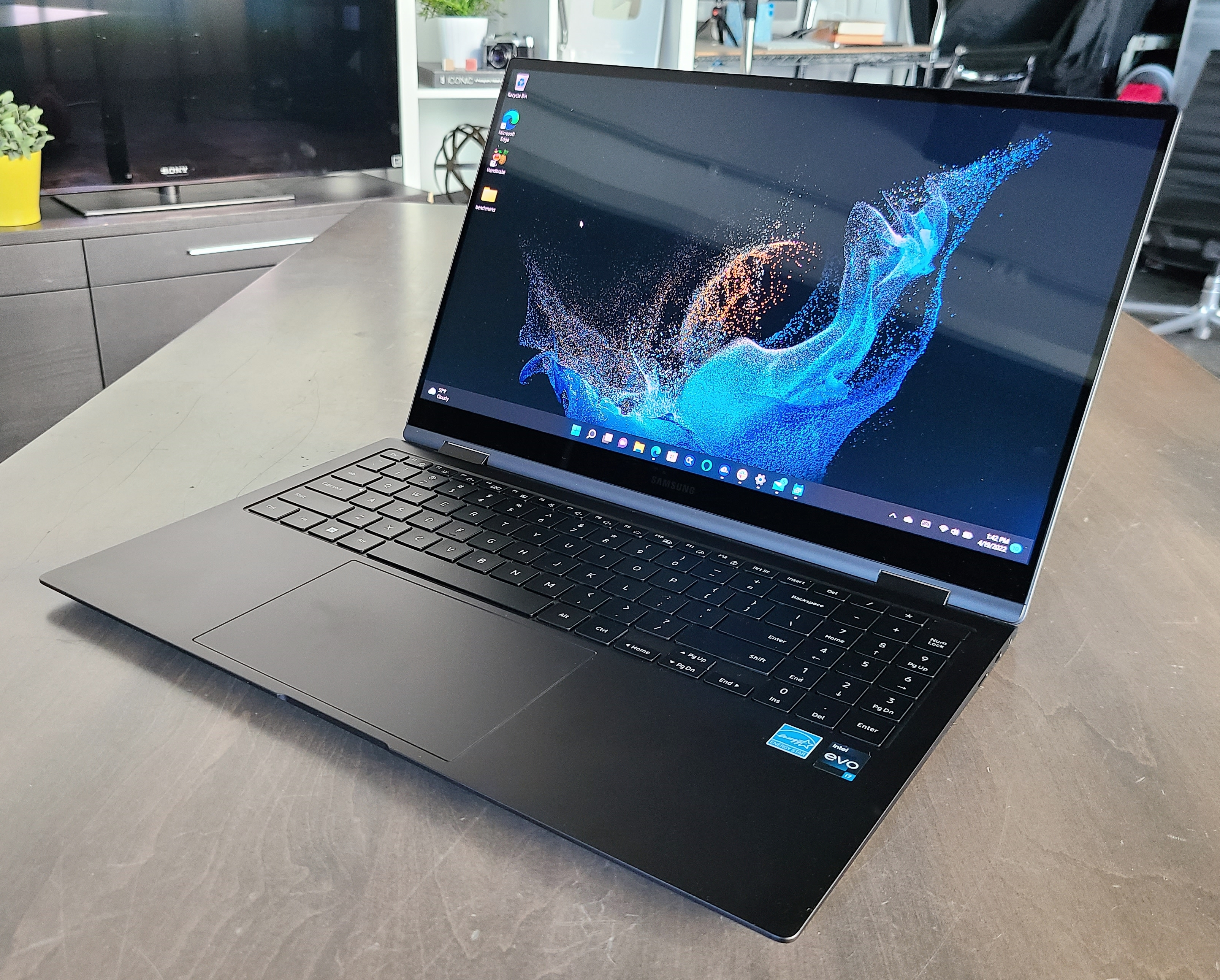
Pros
- Large, high-contrast OLED screen
- Fantastic battery life
- Top-notch 12th-gen Core performance
Cons
- Average keyboard
- Webcam doesn’t quite deliver as expected
- Fingerprint reader needed re-authentication
- Tons of additional apps
If you’re on the hunt for an ultraportable with excellent battery life, the Samsung Galaxy Book2 Pro 360 may be your best bet. When we ran our battery benchmark, which cycles through a bunch of different tasks and videos, the Pro 360 lasted 14 hours on a single charge. And, despite the hefty 67 watt-hour battery inside, the device itself still manages to weigh just a little over three pounds. As for the internal components, it has an Intel Core i7-1260P CPU, Intel Iris Xe integrated graphics, 16GB of RAM, and 1TB of SSD storage. That’s plenty of oomph for multitasking, media editing, spreadsheet work, and so on. The 15.6-inch AMOLED display has a resolution of 1920×1080, which is perfectly fine for most tasks. For ports, you’re getting three USB Type-C, one microSD, and one 3.5mm audio jack. If you’re a frequent traveler and need a laptop that’ll last you more than a full work day, the Samsung Galaxy Book2 Pro 360 is a great choice.
Read our full
Samsung Galaxy Book2 Pro 360 review
Lenovo Slim 7 Pro X – Best for gaming
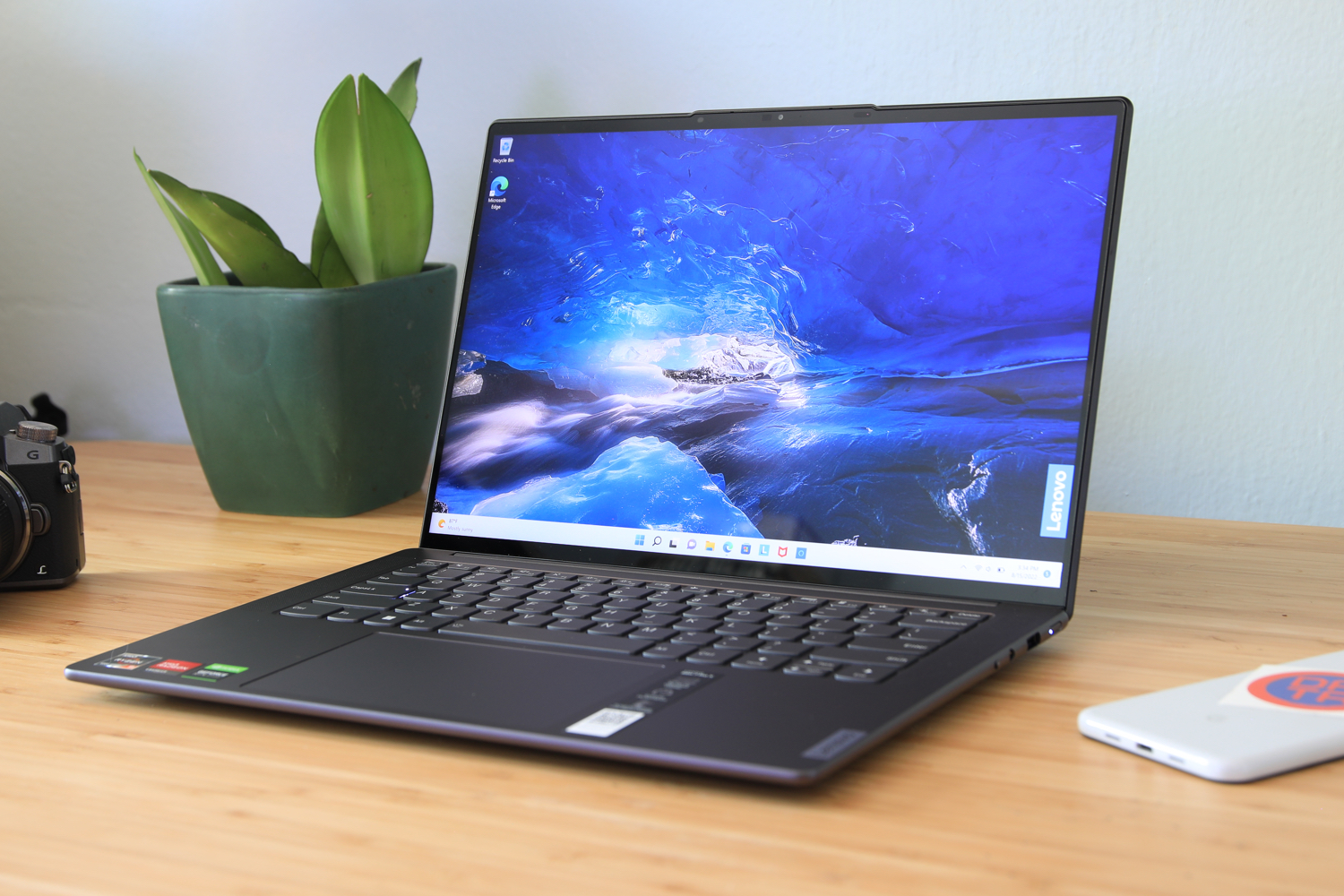
Pros
- Attractive, robust design
- Thin profile, low weight
- Enjoyable keyboard and touchpad
- Excellent processor performance
Cons
- No Thunderbolt 4, Ethernet, or dedicated video-out
- Display is sharp, but falls behind OLED alternatives
- Battery life is slightly behind the pack
The Lenovo Slim 7 Pro is something of a jewel among the sand dunes in that it’s an ultraportable capable of running games. It has a discrete graphics card, which usually takes up quite a bit of space inside of a laptop. However, the 7 Pro still manages to stay relatively lightweight at a little over three pounds. It also has a spacious keyboard with full-sized keys. According to our tester, the “key feel is excellent despite modest key travel, with a short but precise throw that bottoms out in a springy, tactile action.” While we love the keyboard and robust design, let’s take a quick peek at the most important bit: the guts. It’s packing an AMD Ryzen 6900HS CPU, an Nvidia GeForce RTX 3050 with 55 watt TDP, 32GB of RAM, and 1TB of SSD storage. This laptop is packing a good amount of power and should be able to handle some gaming as well as productivity tasks.
Read our full
Lenovo Slim 7 Pro X review
Asus Zenbook S 13 OLED – Best Asus ultraportable
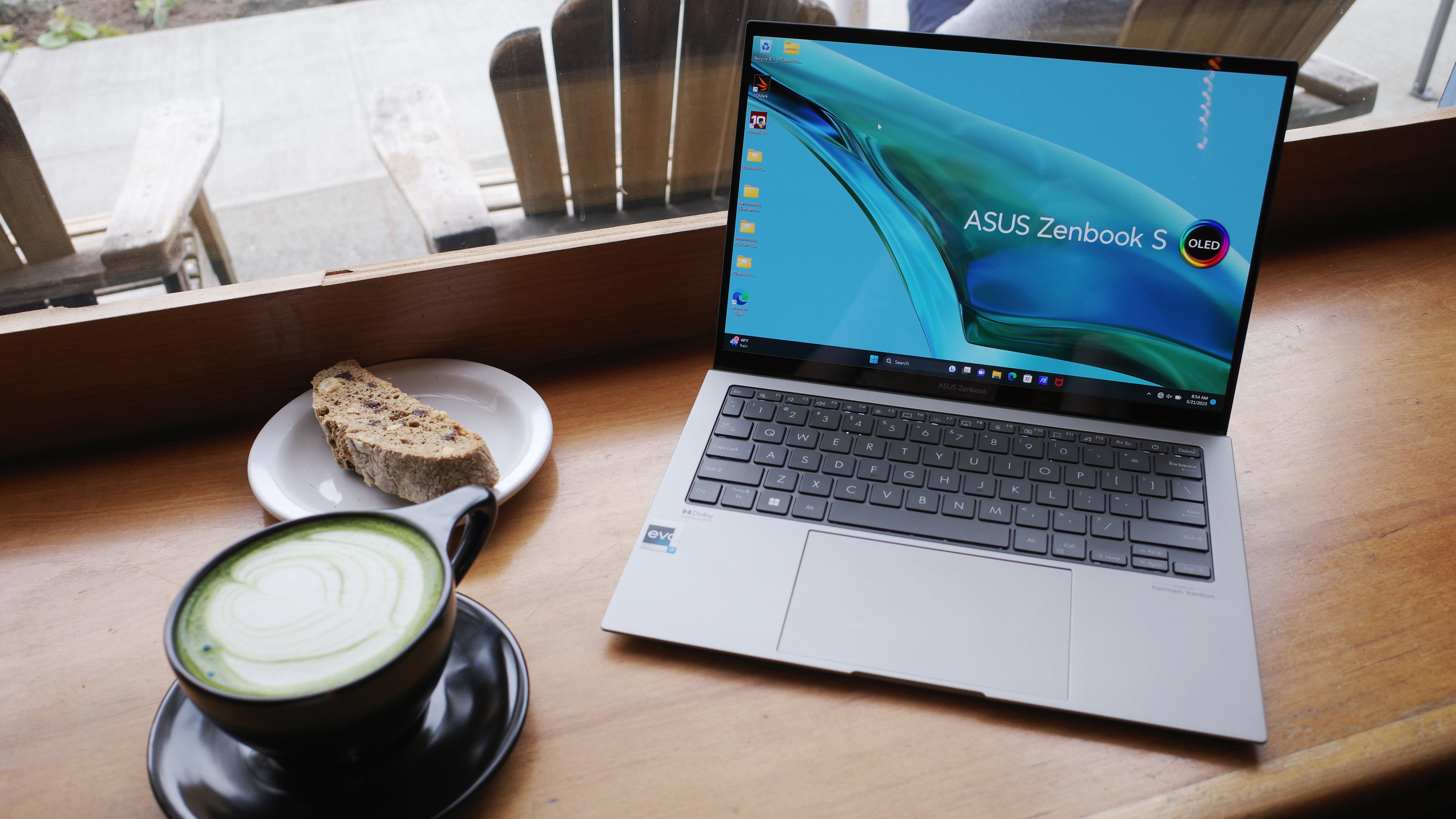
Pros
- High-quality build
- Gorgeous screen
- Excellent battery life
- Diverse port selection
- Competitive performance
Cons
- Obnoxious bloatware
- High-pitched fans
- Physical trackpad button instead of a linear motor
The Asus Zenbook 13 S OLED is a perfect example of how increased portability doesn’t have to mean decreased performance. It features the latest Intel Core i7-1355U processor with 10-cores, Intel Iris Xe graphics, a future-proof 32GB of RAM, 1TB SSD storage, and a vibrant OLED screen. Asus has packed all this into an ultraportable laptop that only weighs 2.2 pounds and is less than half-an-inch thick.
It didn’t skimp on the design materials either. The Zenbook 13 S has a mostly metal chassis that produces surprisingly little flex or wobble—even the thin OLED display feels sturdy. Plus, in such a thin frame, Asus was able to provide good connectivity features with a useful selection of ports. In our testing, the only downside we came across was the clicky physical trackpad that feels a bit old-school in such a modern laptop. But we’ve tested modern laptops with worse trackpads, so if that’s our only complaint, we’ll take it. Asus has priced the Zenbook 13 S OLED competitively too, making it a no-brainer for Asus fans (or anyone, really) in the market for an ultraportable.
Read our full
Asus Zenbook S 13 OLED (2023) review
HP Dragonfly Pro – Best MacBook alternative
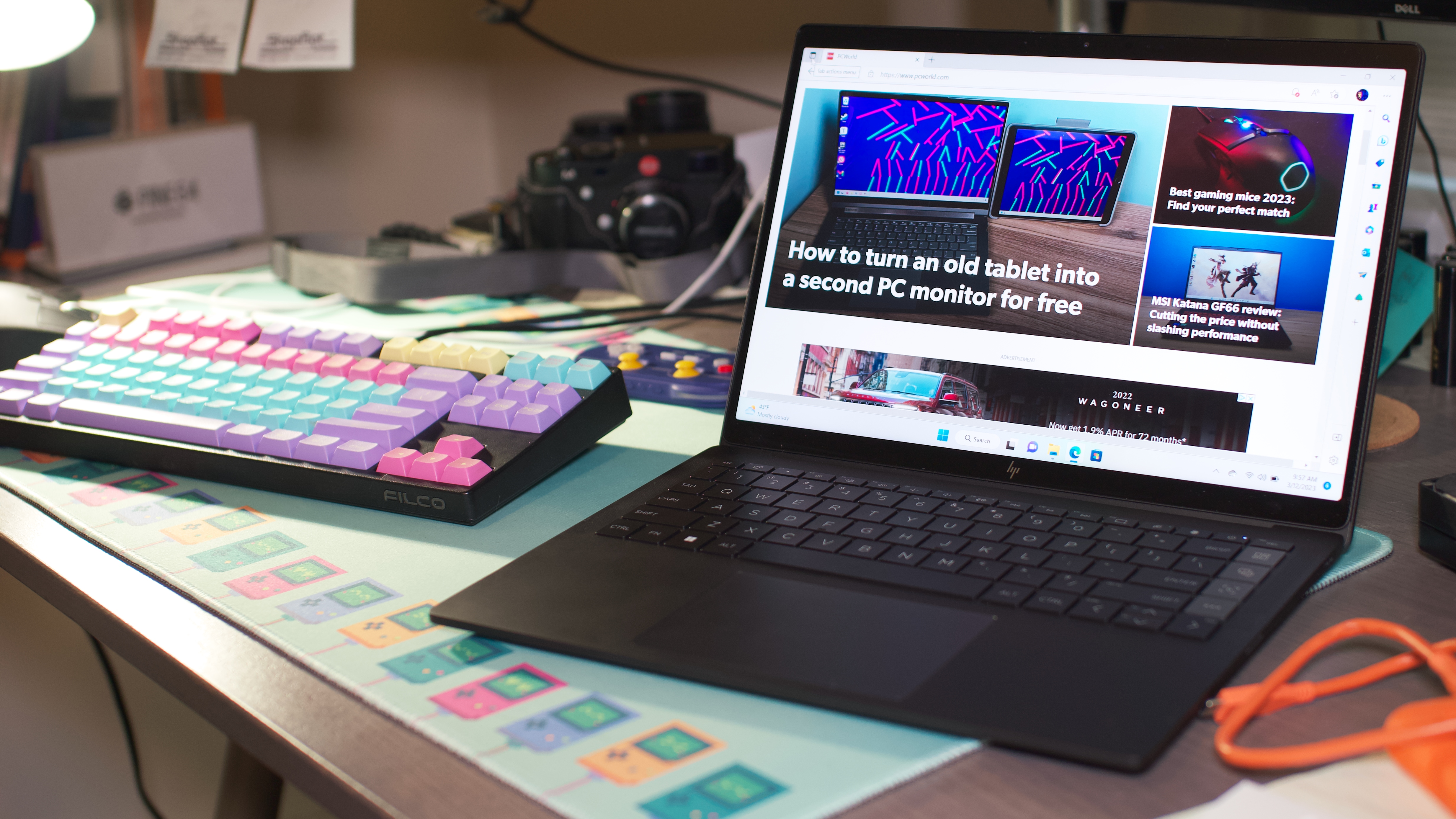
Pros
- Premium materials
- Powerful AMD Ryzen chip
- Surprising four speaker setup
- Good battery life
- High degree of value for the dollar
Cons
- All myHP keyboard keys should be remappable
- No user upgradeable components
- No headphone jack
- Only 2 high-speed USB-C ports
Want the attractive design, awesome efficiency, and stellar performance of a MacBook Pro but in a Windows device? Well, the HP Dragonfly Pro comes about as close as possible to Apple’s line of premium laptops. HP partnered with AMD to trick out this laptop with the latest generation Ryzen 7 processor with eight high-performance cores and a Radeon 680M graphic card, making it much more powerful than its slim figure would have you believe.
With a thin and attractive design made from aluminum and polycarbonate, the Dragonfly Pro has a high-quality feel. The laptop even takes a cue from the MacBook’s minimalist approach to ports, which may or may not appeal to users as it can become a bit tricky if you need to plug in a lot of accessories. The one area where it can’t live up to Apple’s best is the display. While nice enough, it has a bit of catching up to do. Still, for a laptop that is significantly cheaper than the current line of MacBook Pro models, this Dragonfly Pro laptop from HP is a more than worthy competitor.
Read our full
HP Dragonfly Pro review
Acer Aspire Vero 14 – Best eco-friendly option
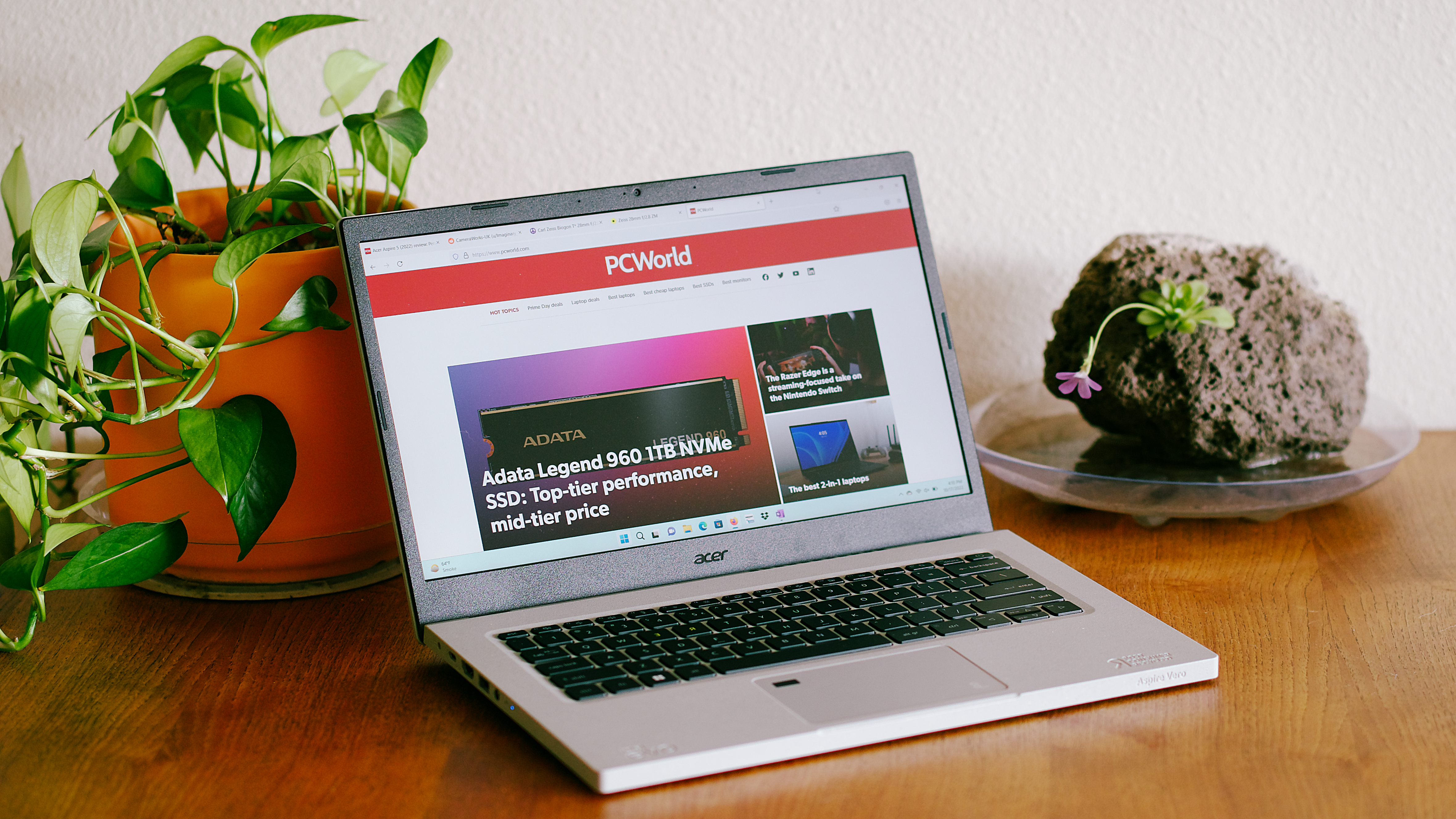
Pros
- Peppy performance
- Strong battery life
- Thunderbolt 4
- Eco-friendly materials
- Convenient, fast fingerprint reader
Cons
- Bloatware
- Weak speakers
- Soldered-on RAM, not upgradeable
In a competitive field of ultraportables the Acer Aspire Vero 14 stands out due to its use of post-consumer recycled plastics. Acer has opted to take a unique angle on the design of the Vero 14, which will appeal to those concerned with using more eco-friendly materials. Not only are the use of recycled materials a draw, but the design of this ultraportable itself is attractive and includes a few unique touches. And while Acer could have coasted with the eco-friendly, attractive design, it decided to actually give it some solid performance, too. Featuring a Core i7 processor, Iris Xe integrated graphics, 16GB of RAM, and a welcomed 1TB M.2 NVMe SSD, the Vero 14 is an attractive ultraportable for the eco-conscious.
Read our full
Acer Aspire Vero 14 review
How we tested
The PCWorld team puts each and every Windows laptop through various benchmarks that test graphics and processing performance, battery life, and so on. The idea is to push the laptop to its limits and then compare it against others we’ve tested. Below, you’ll find a breakdown of each test and the reasons why we run them.
Windows laptops
- PCMark 10: PCMark 10 is how we determine how well the laptop handles general-use tasks like web browsing, word processing, spreadsheets, and so on. It’s how we simulate everyday use in a specific time frame.
- HandBrake: HandBrake is more intensive than PCMark 10. It measures how long a laptop’s CPU takes to encode a beefy 30GB file. This is more like a stress test.
- Cinebench: Cinebench is a brief stress test of the CPU cores. It does this by rendering a 2D scene over a short period of time. This benchmark shows us how well the CPU splits the workload.
- 3DMark: 3DMark checks if 3D performance remains consistent over time by running graphic-intensive clips. These benchmarks are used on gaming laptops.
- Video rundown test: To gauge battery life, we loop a 4K video using Windows 10’s Movies & TV app until the laptop dies. If you’re a regular traveler, you’ll want a battery that can last longer than a full work day.
[Looking for something different? Check out our roundup on the best 2-in-1 laptops]
Ultraportables are known for being travel-friendly machines due to their slender profiles. However, there’s more to them than their minuscule size. If you’re considering buying an ultraportable, but don’t know where to start, we’ve assembled an easy-to-follow FAQ section. We’ll go over everything from battery life to specifications.
FAQ
1.
What’s an ultraportable?
Simply put, an ultraportable is a laptop that’s compact and lightweight. They usually weigh about three pounds and the screen size is 14-inches or smaller. They’re designed for people who take their laptop with them wherever they go. However, as a way to reduce the size of these machines, laptop manufacturers often eliminate USB ports and connectors.
2.
How much power do I need?
For everyday use, we recommend a 12th-gen Intel Core i5 CPU, 8GB of RAM, and 512GB of SSD storage. That’s zippy enough for spreadsheet work, checking e-mail, and so on. If you fancy yourself a power user, we’d suggest springing for a 12th-gen Intel Core i7, 16GB of RAM, and 1TB of SSD storage. There aren’t too many ultraportables out there with discrete graphics, as that would add significant heft to a slimmed-down machine.
3.
What about battery life?
When it comes to ultraportables, battery life is one of the more important aspects to consider. Whether you’re traveling for work or personal reasons, you don’t want to be stuck with a dead laptop. We’d recommend a laptop that can last anywhere from 12 to 14 hours on a single charge. That’s more than a full work day.









